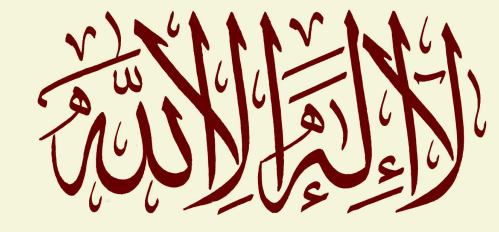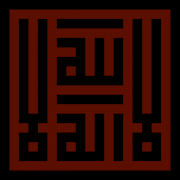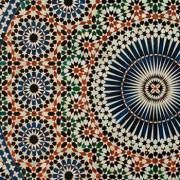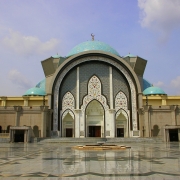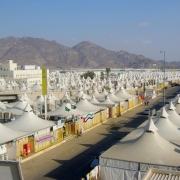“Sufism and the Anthropocosmic Self.” In I of the Heart: Texts and Studies in Honor of Seyyed Hossein Nasr. Islamic History and Civilization Series. Edited by M. Faruque, A. Khalil, and M. Rustom. Leiden: Brill, 2025, pp. 3–39.
It would not be an overstatement to say that the strand of thought now called Sufi metaphysics revolves around two interrelated doctrines, namely the oneness of being (waḥdat al-wujūd) and the perfect human (al-insān al-kāmil ). As is well-known, the expression waḥdat al-wujūd is controversial, which is composed of two words—waḥda and wujūd—both of which were important in the Islamic intellectual tradition since early days. The word “waḥda” means “unity or oneness,” and is of the same root as “tawḥīd,” which means “to affirm unity.” As for wujūd, which is from the root w-j-d, it is customary to translate it as Being, being or existence, but what is important to note is that in the Sufi context it is also understood as “to find” or “to experience.” For instance, Ibn ʿArabī (d. 638/1240) defines wujūd as “finding the Real in ecstasy” (wijdān al- ḥaqq fī l-wajd). Thus wujūd also has a mystical, first-person connotation, in addition to its regular ontological reference. In any event, waḥdat al-wujūd refers to the wujūd of the Real (al-ḥaqq), Who is self-evidently wāḥid (one), not to be denied by any Muslim. Hence there can only be one wujūd in reality. Understood thus, waḥdat al-wujūd implies that God or the Ultimate Reality is one, which is the essence of tawḥīd. But Sufi metaphysicians also discuss the complex nature of the muwaḥḥid (read “the perfect human”) or the affirmer of unity in the cosmic order. In doing so, they present a highly sophisticated analysis of the self, which is difficult to describe in simple terms. Building on the pioneering work of William Chittick, who uses the term “anthropocosmic vision” to describe the Islamic worldview, this study will explore the reality of the perfect human in terms of what it calls the “anthropocosmic self.” It will do so by principally drawing upon the School of Ibn ʿArabī and Sufi poets such as Rūmī (d. 672/1273) and Ḥāfiẓ (d. 791/1389).
